Chicago, IL – June 9th – Gods & Planets
Gods & Planets – June 9th – Chicago, IL
Following in the tradition of cosmos as muse, tonight’s drums and space takes its inspiration from the Music of the Spheres and the gods who’ve acted as the planet’s namesakes.
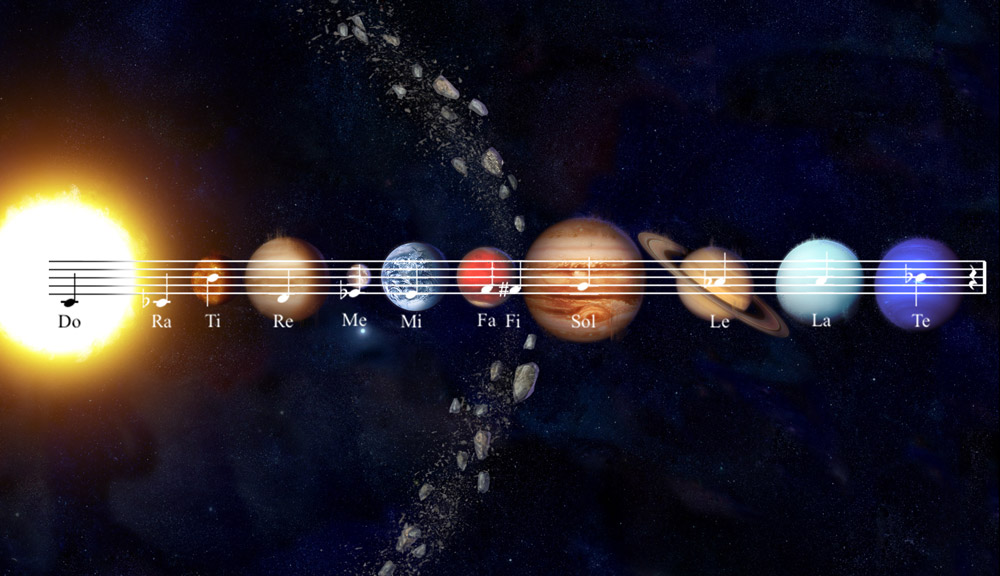
*Image by Ed Mattinian
“Almost every major planet in the solar system is named after a Roman god or goddess. Some of the planets are named because of their behavior: Mercury, for example, is named after the messenger of the gods because it appears to move through the sky so quickly. (It does so because it orbits so close to the sun.) And behemoth Jupiter is named after the king of the gods. While the planets are named after Roman deities in the Western world, they have different names in other contexts. The ancient Greeks called them by their Greek god names, unsurprisingly: Jupiter was Zeus, Mercury was Hermes, and Venus was Aphrodite. The ancient Babylonians also named the planets after their deities: Jupiter was Marduk, Mercury was Nebo, and Venus was the goddess Ishtar.”
-Mark Ballora
Associate Professor, Music Technology Penn State University
Since the theme of this project is humankind’s historical curiosity and investigation of the cosmos, all roads eventually lead back to the Music of the Spheres.
I’ve always been fascinated by the history of our major scale, the lineage of which can be traced to an attempted sonification of the solar system.
Pythagoras described the solar system with a monochord (the original inspiration for the Beam) with which he demonstrated cosmically significant pitches and proportions.
How do these pitches represent the spirit, the personality of each planet?
How do they embody the themes associated with the gods for whom they were named?
Tonight, we travel through the cosmos together, exploring the music of the Spheres and the spirits of the gods that represent them.
Venus
The ancient Romans named this planet Venus, after the goddess of love and beauty, because it shined so brightly and beautifully in the sky. What the ancient Romans couldn’t have known was that Venus is shrouded in a thick atmosphere of deadly gases, and that sulphuric acid rains onto a surface that is a screaming-hot 863 degrees Fahrenheit. Venus is the second-closest planet to the sun, and is often called Earth’s sister planet because the two are similar in size and composition.
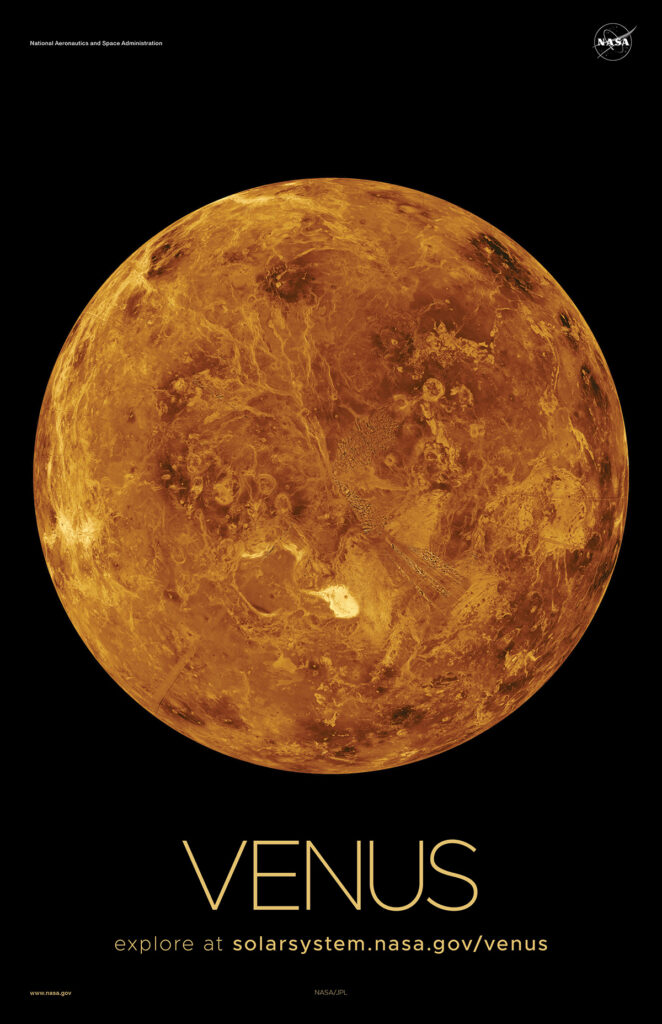
Earth
Welcome home to the only planet not named after a Roman god. The word Earth is a combination of English and German words that work out to mean “ground.” This photo was taken by NASA’s GOES satellite and highlights both North and South America.
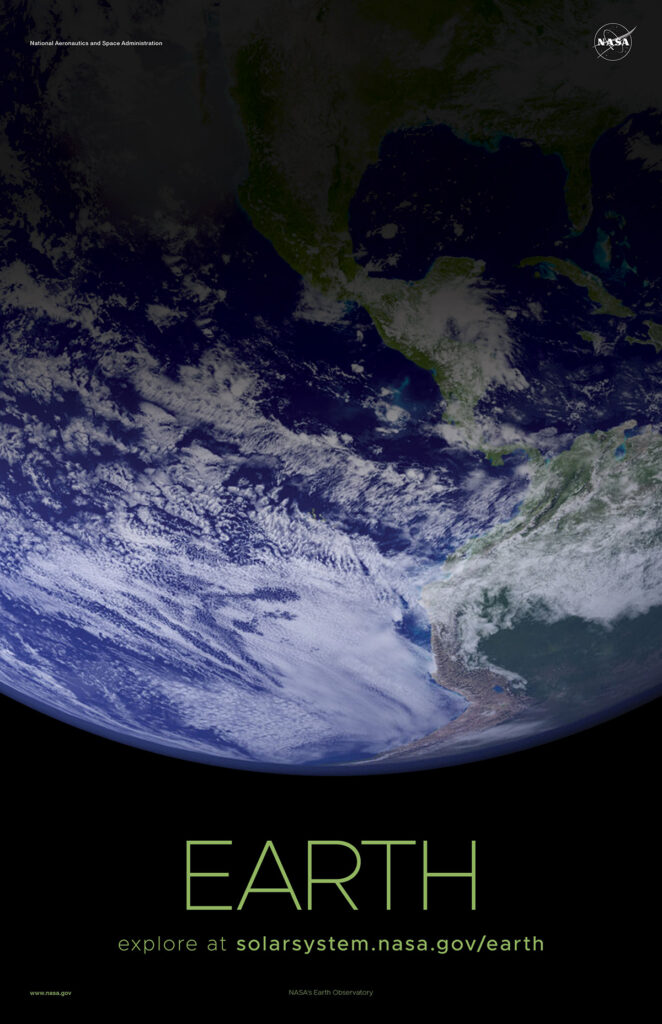
Mars
Because of this planet’s reddish hue, the ancient Romans named it Mars, after the god of war. What they didn’t know was that Mars was not red from blood, but because of the iron oxide (rust) in the soil. This global view from NASA’s Viking orbiter was taken in 1998.

Jupiter
Jupiter is named after the king of the gods. You could fit 1,300 Earths inside of Jupiter. When ancient civilizations observed the movement of the planet, they could tell by how bright it was and how slowly it moved that it was massive, and they were right. NASA’s Hubble Space Telescope captured this image of Jupiter, shown here with a bright aurora at its northern pole.
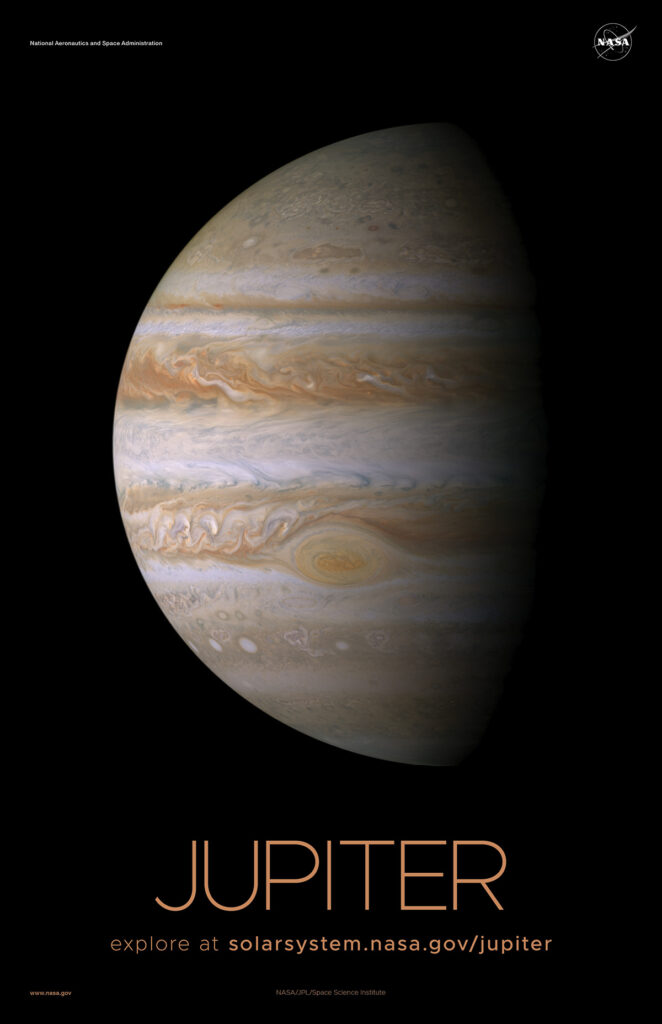
Saturn
Saturn is named after the god of agriculture and wealth, so it’s fitting that it should be encircled by giant rings. NASA’s Cassini captured this image in 2017, just days before the craft flew into the planet’s atmosphere and burned up.
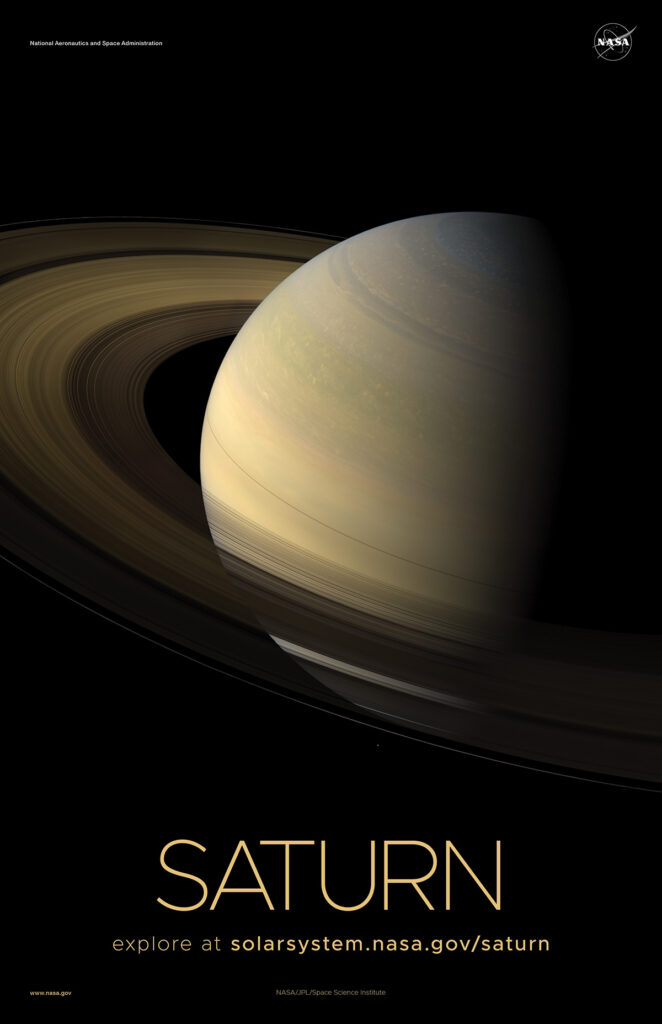
Uranus
Named after the god of the sky, Uranus is very far away, and humans have only managed to visit it once, in 1986, when NASA’s Voyager 2 spacecraft captured this image. The light blue atmosphere is composed mostly of hydrogen and helium, and a decent amount of sulphur.
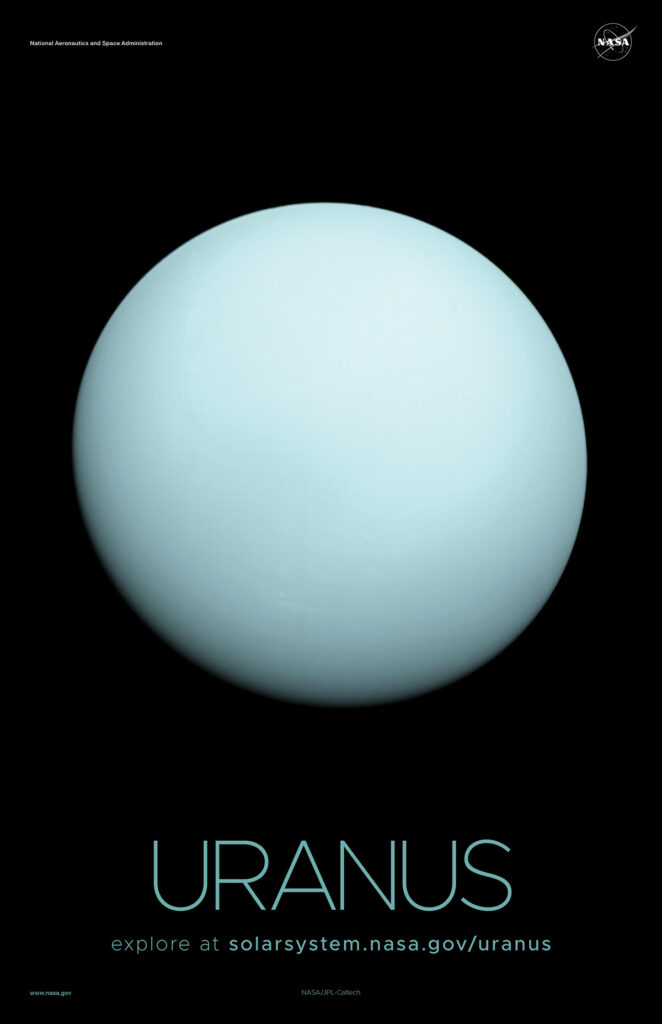
Neptune
When Urbain Leverrier discovered this massive icy world in 1846, he and his colleagues could tell through the telescope that the planet had a bluish tint, like the ocean, so they named the eighth planet Neptune, after the god of the sea. Like Uranus, we have only visited Neptune once, when the Voyager 2 spacecraft flew by in 1989.
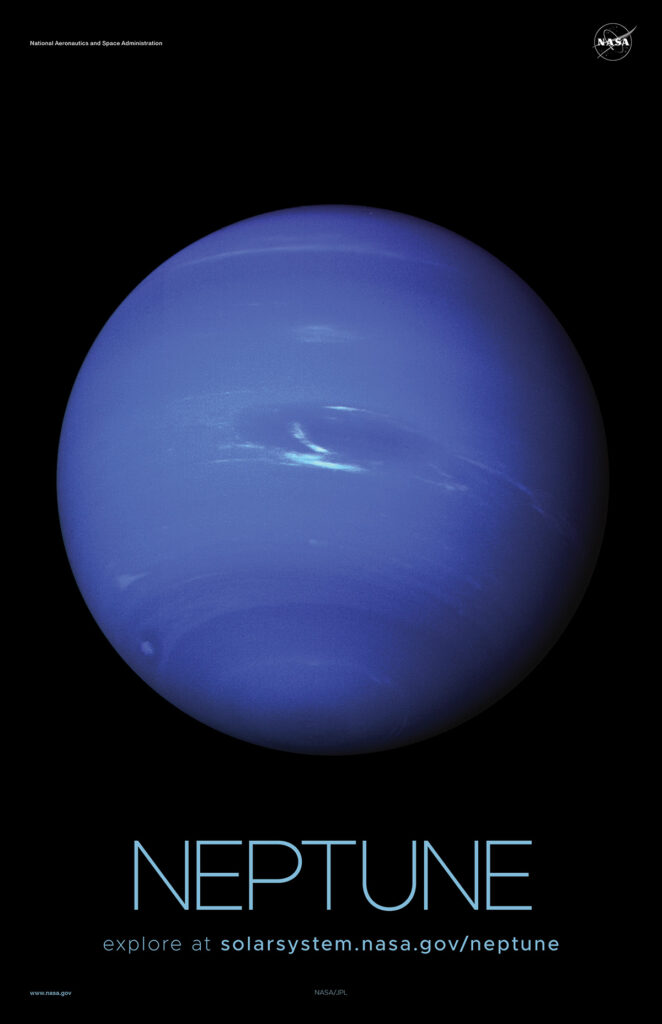
Pluto
Far, far away, little Pluto is named after the god of the underworld because it is so cold and dark there. NASA visited Pluto for the first and only time in 2015 when the New Horizons spacecraft flew by on its way out of the solar system and snapped this photo of Pluto and its giant nitrogen-ice heart.
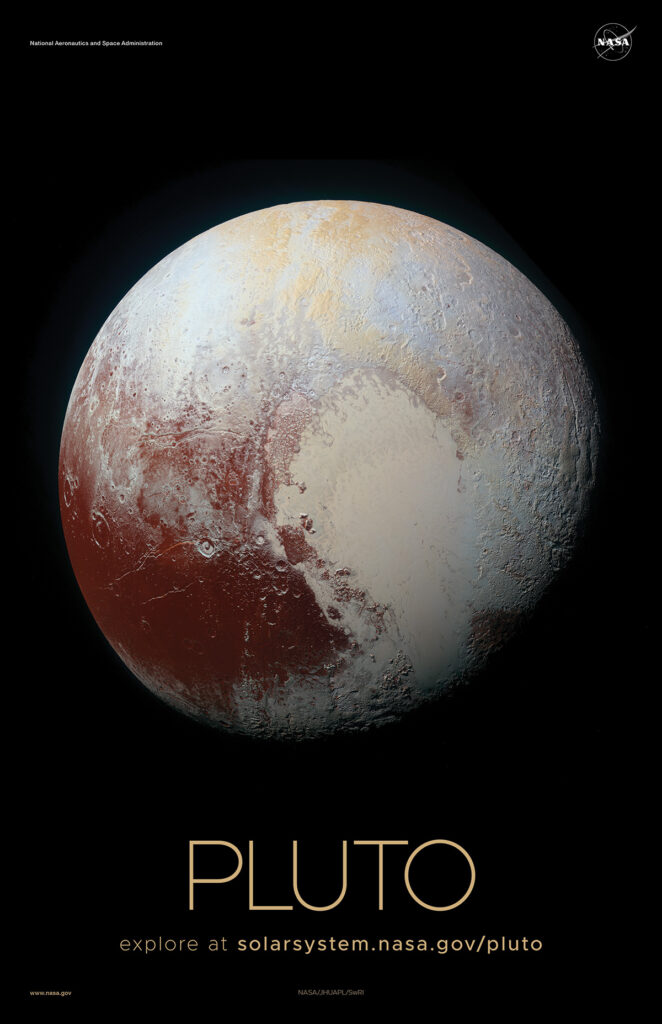
Sources:
https://www.wired.com/story/space-photos-awesome-planets-ancient-gods/
